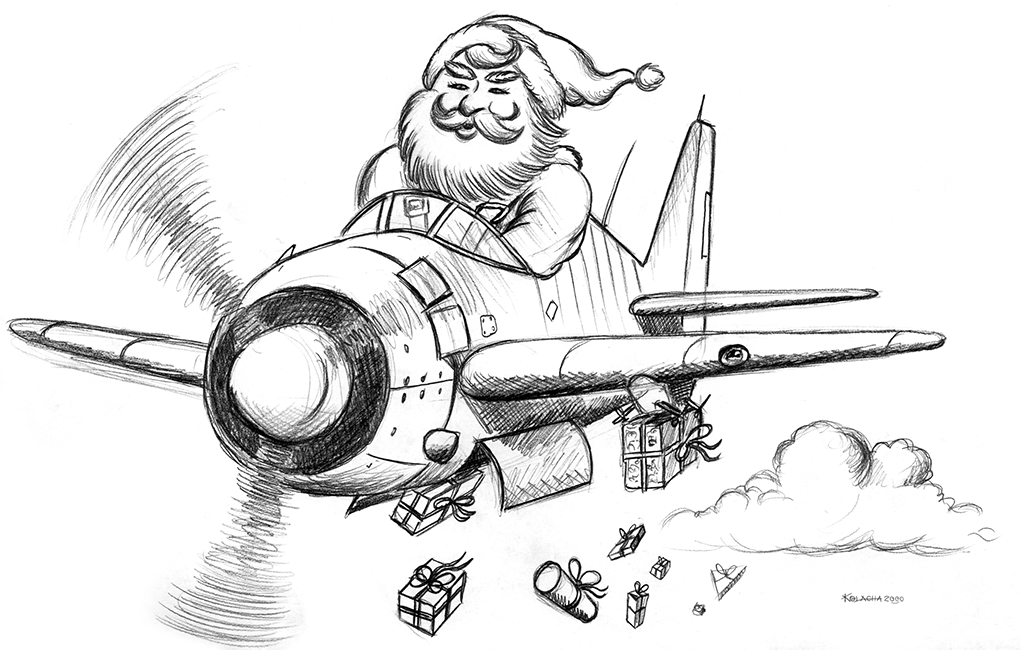
HAPPY HOLIDAYS
506th Fighter Group - Iwo Jima to Japan: The Air War
Artwork by Kolacha

HAPPY HOLIDAYS
506th Fighter Group - Iwo Jima to Japan: The Air War
Visitor: 2932534 | Incoming: 12/31/2025 at: 3:47:20 PM
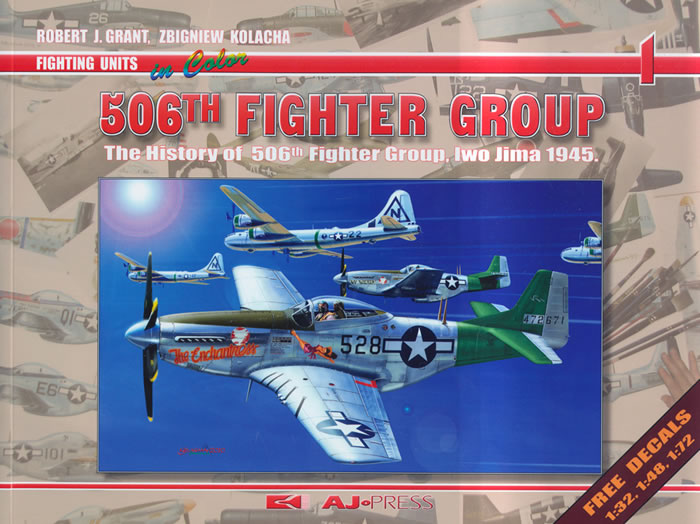
506th Book is Back! Limited inventory Now available in the 506th Cart
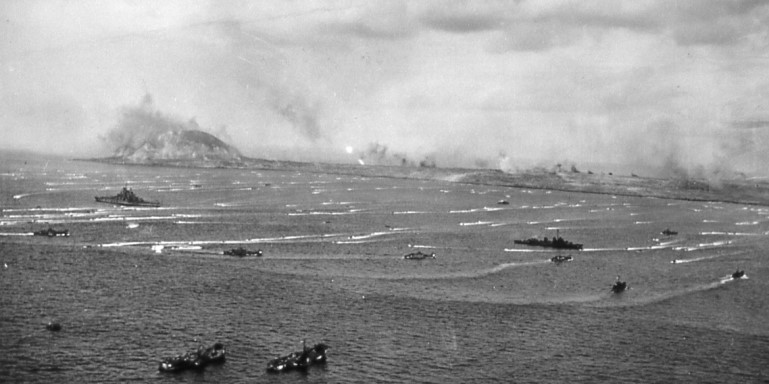
In the costliest battle of World War II, 4,891 U. S. Marines lost their lives in the assault beginning 19 Feb 45 on Iwo 660 miles southeast of Tokyo. It soon became a haven for battle damaged or fuel short B-29s returning from Japan. From 4 Mar 45 to war's end some 2,400 Superfortresses made emergency landings at Iwo involving some 25,000 airmen in addition to those who had bailed out or ditched in the vicinity. The largest number of B-29s to land at Iwo after a single mission was on 8 Aug 45 after the attack on Yawata when 100 landed. The busiest day on Iwo was 24 Jul 45 when 197 B-29s landed after nine separate attacks over the Japanese homeland.
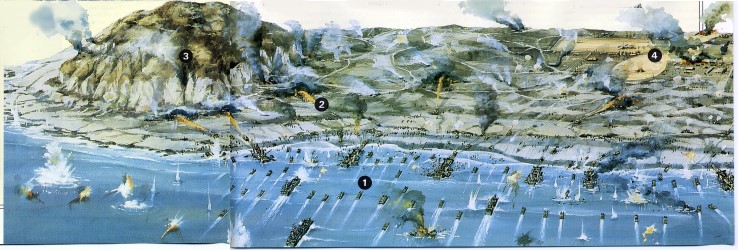
Iwo Jima also served as the base for four Groups and two Squadrons of the VII Fighter Command flying P-51s, P-47s and P-61s and assigned to the 20th Air Force. From Apr to Aug 45 they flew 51 escort and strike missions over Japan, damaged or destroyed 1,062 enemy aircraft and lost 114 fighters in combat. By war's end the Iwo Fighter Groups numbered over 11,000 men with 174 killed or missing in action..
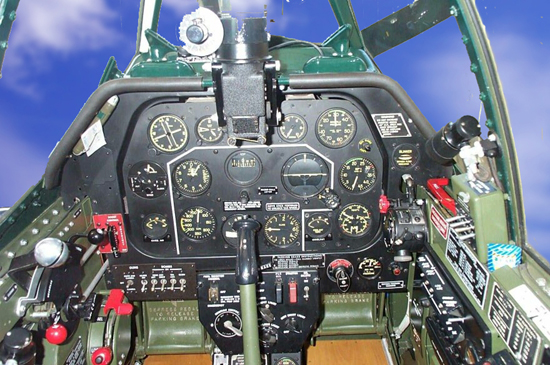
It's a long way to Japan, so sit back and start her up and read about the incredible 8 hr.
plus airtime missions that the 506th endured during the closing months of WWII.
Missions to Japan |
|||
May/June
|
June
|
July/August
|
|
|
|
|

Pages
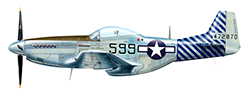
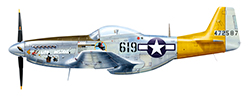
{ AUST (ACE) | DOLAN #502 | BENBOW #508 | GRENNAN Gang Bang | MURPHY #531 NIP NOCKER | SAKS #528 ENCHANTRESS | CLAYTON #527 HELL-Eter | Major SHIPMAN CO 458th | MY STARIN #580 SHIRLEY III | HARRIGAN | PILECKI #576 LITTLE ONE, THE FETTER MOICHANT | GRANT #615 MY BONNIE - #607 - DOLLY | LINFANTE #616 SHANGHAI LIL | EBERSOLE #619 HON MISTAKE| BASH #616 SHANGHAI LIL }
Memoirs:June 1, Black Friday | Aug 3rd Captain Neff rescued | Death at ChiChi JIma | Jack K. Westbrook
2nd Lieutenant Edwin Warfield III [bailout,rescue | Tribute to Lt. Thomas Harrigan
From John W. Lambert's "On Japan's Doorstep, 1945"
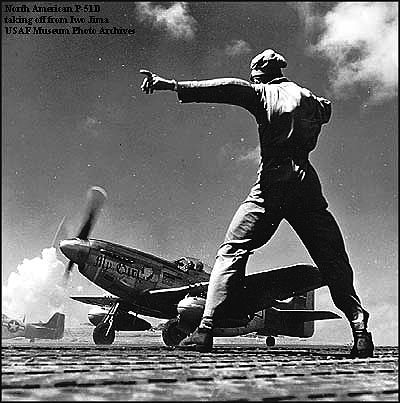 From its inception, the plan to seize Iwo Jima (Map)(Satellite View) had two goals: providing a haven for damaged B-29s and establishing a base for AAF fighters that could escort the bombers. The Marianas (MAP) gave the Superforts a home 1300 miles from Tokyo. But no fighter of that day could make such a round trip. It was, however, theoretically possible for the North American P-51D to fly from Iwo Jima to Tokyo and other southern cities in Honshu, but it was by no means a routine flight. The Mustang had proved itself over Europe on five and six hour missions that covered 1200 to 1300 miles. However, the Empire run was entirely over water. After navigating nearly 650 miles to the coast of Japan on rigid cruise control, these pilots would be expected to drop their auxiliary tanks, engage an enemy, and return over the same empty ocean to find Iwo Jima. A mistake of a degree in navigation spelled disaster. Engine trouble, fuel starvation or battle damage requiring a parachute jump would, likewise, force a pilot into the vast Pacific.
From its inception, the plan to seize Iwo Jima (Map)(Satellite View) had two goals: providing a haven for damaged B-29s and establishing a base for AAF fighters that could escort the bombers. The Marianas (MAP) gave the Superforts a home 1300 miles from Tokyo. But no fighter of that day could make such a round trip. It was, however, theoretically possible for the North American P-51D to fly from Iwo Jima to Tokyo and other southern cities in Honshu, but it was by no means a routine flight. The Mustang had proved itself over Europe on five and six hour missions that covered 1200 to 1300 miles. However, the Empire run was entirely over water. After navigating nearly 650 miles to the coast of Japan on rigid cruise control, these pilots would be expected to drop their auxiliary tanks, engage an enemy, and return over the same empty ocean to find Iwo Jima. A mistake of a degree in navigation spelled disaster. Engine trouble, fuel starvation or battle damage requiring a parachute jump would, likewise, force a pilot into the vast Pacific.
The veteran Seventh Fighter Command had trained for this very long range (VLR) role, and its 15th and 21st Fighter Groups had been equipped with the P-51 D in Hawaii. Ground echelons landed on Iwo Jima as the battle raged. The first Mustangs (15th Fighter Group) arrived from Saipan at Airfield No. 1, below Mt. Suribachi (Satellite View), on 6-7 March 1945 and immediately began close support for the Marines plus interdiction missions to surrounding islands of the Bonin Islands (Map). Airfield No. 2, was cleared and the 21st Fighter Group advanced to Iwo Jima on 25 March. The island had been declared "secure," and the Marines were withdrawing. But Japanese soldiers still lurked in the labyrinth of underground structures, and in the pre-dawn of 26 March 1945 some 300 of them struck the camp of the 21stst Fighter Group and the nearby 549th Night Fighter Squadron. Pilots and ground crews fought with pistols and Carbines until a contingent of troops arrived to help annihilate the enemy force. Even before flying a combat mission, the aviation units had lost 16 killed and 50 wounded (read more).
The first VLR mission to Tokyo was conducted on 7 April 1945 by 96 P-51s which escorted 103 Superforts of the 73rd Bomb Wing. As Japanese fighters engaged the raiders, over 300 aircraft converged in the sky above Honshu. Flak claimed two bombers and fighters downed another, but the Mustangs scored heavily claiming 21 victories, six probable and six damaged for the loss of one of their own. Returning P-51 pilots logged seven and one-quarter hours and were so cramped from confinement that they had to be assisted from their cockpits The arduous effort had been a historic operation, but one that had to be duplicated again and again until 14 August 1945, the last VLR mission.
In May 1945 the Mustang equipped 506thth Fighter Group arrived from the States where they had trained for VLR operations. By this time Japanese defenders rarely attacked the B-29s in daylight and almost never engaged the Mustang escorts. Determined to hunt down the enemy air units, the AAF directed P-51 squadrons to begin flying alternate escorts and low-level fighter sweeps. As strafing missions began, the loss of Mustangs increased. Many small caliber AA guns ringed Japanese airfields and the liquid-cooled Merlin engine of the P-51 was vulnerable to damage that would cause any loss of coolant.
However, the worst enemy of the Mustangs was weather. Towering fronts encountered between Iwo Jima and Japan had forced the return of some missions. The one of 1 June 1945 was an exception. Led by B-29s as navigators, all three P-51 groups plunged into a severe weather complex en route to Honshu. Twenty-seven Mustangs and 24 pilots were lost.
Despite the multiple perils of the VLR missions, joint AAF-Navy planning had established a remarkable Air Sea Rescue (ASR) system that saved hundreds of B-29 and P-51 crews. Rescue units were positioned all the way from Iwo Jima to just off the coast of Honshu. The rescue operation included U.S. Navy submarines (known as the Lifeguard League) and destroyer-escorts stationed at specific map references. ASR aircraft included B-29s patrolling offshore, both Navy and AAF Catalina's, B-17 Flying Fortresses with life boats, and Navy Privateers P-61 night fighters also located strays with radar and accompanied them back to base. These efforts paid off as dozens of airmen were plucked from the ocean.
Iwo Jima's Mustangs achieved their primary goal of driving Japanese fighters from the defense of Honshu. After May 1945 B-29 losses to Japanese fighters were extremely rare. The second goal, the total destruction of Japanese air power, was thwarted only by the enemy's deceptive efforts. They avoided combat in most cases, husbanding their remaining air units for the expected invasion. But in the end, the Allies enjoyed virtual air supremacy over the Empire.
The Squadrons still thrive today by a active reunion held once a year in which all the surviving (and now second & third generation family members) gather to renew there friendships and memories of a time of duty to country and to remember those that sacrificed their lives so that others may live another day with freedom.
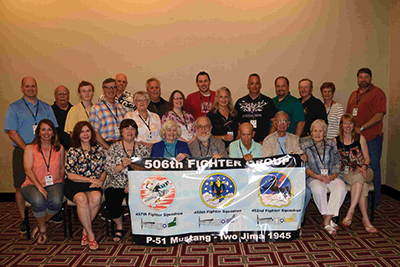
All Attendees

From left to right: Anna Ebersole, Bill Ebersole (pilot - 462nd FS), Abner Aust (pilot - 457th FS), Henry Manns (ground crew - 457th FS), and Barbara Grennan (wife of pilot Larry Grennan - 457th FS).
The 2017 reunion was held in New Orleans and was highlighted to a trip to the National World War II Museum. 27 people attended, including 506th veterans Abner Aust (457th FS pilot), Bill Ebersole (462nd FS pilot), Henry Manns (457th FS ground crew). The wife of 457th FS pilot Larry Grennan, Barbara Grennan was also present as well as Bill Ebersole's wife, Anna. children, grand children, and friends of the 506th Fighter group all came together for the event and had a wonderful time, sharing stories, talking to the vets, and exploring the city of New Orleans.

Arrival time: 12/31/2025 at: 3:47:20 PM
Home | Reunions | Contact Us | VLR Story | Mustangs of Iwo Jima | Combat Camera Footage | Battle of Iwo | 457th | Webmaster ©506thFighterGroup.org. All Rights Reserved. |